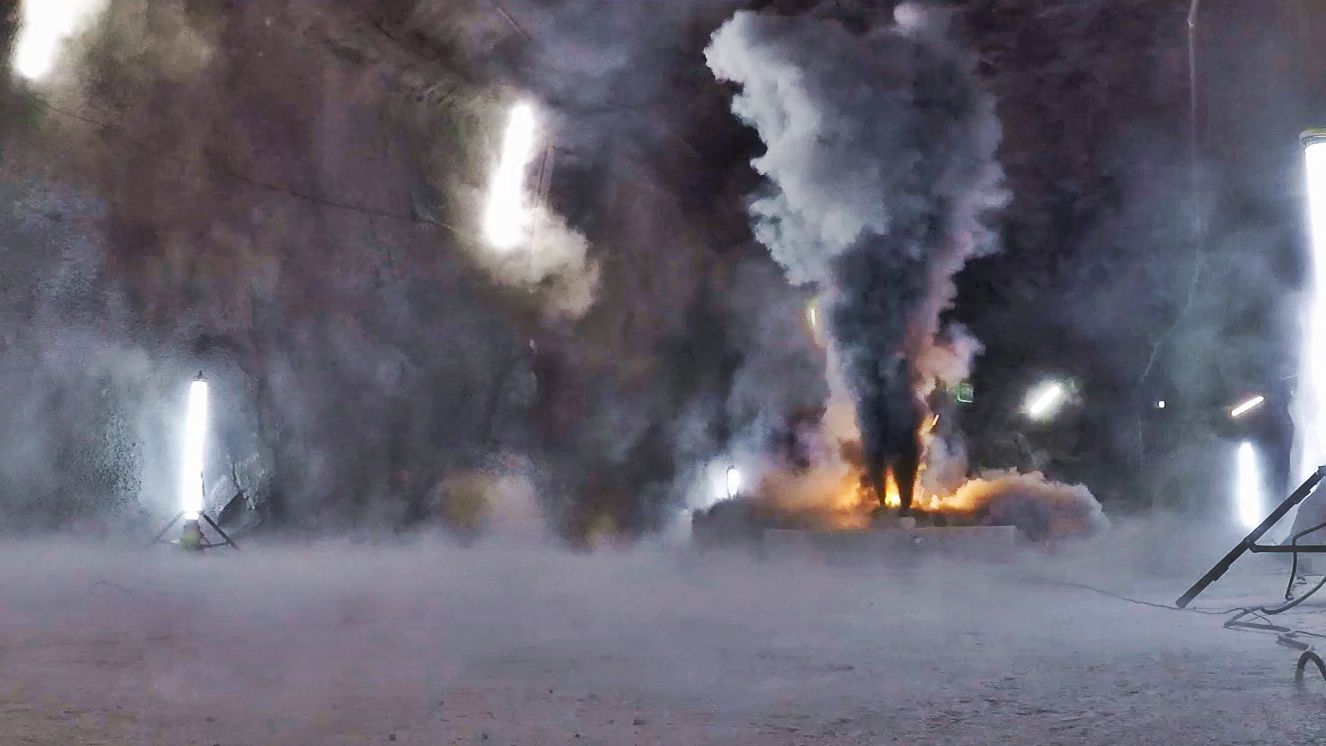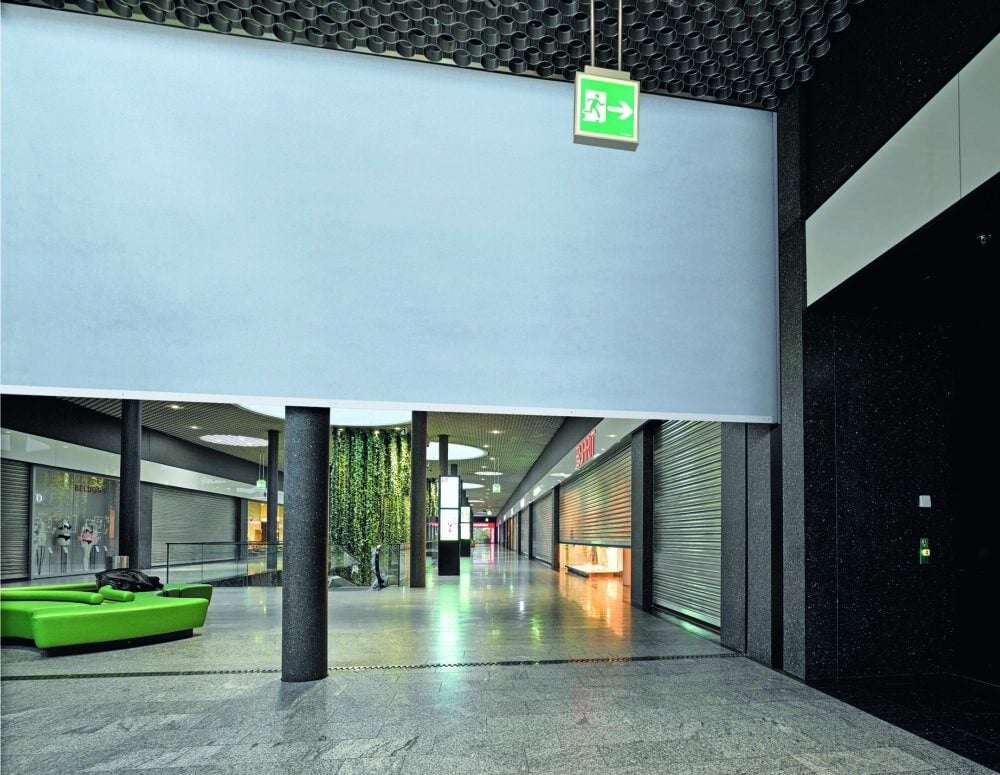How dangerous are burning electric cars?
What happens when an electric car catches fire in a road tunnel or underground car park? In the Hagerbach test tunnel, Empa researchers, together with a tunnel safety expert, set fire to battery cells of electric cars: they analyzed the distribution of soot and smoke gases as well as the chemical residues in the extinguishing water.

Target group: operators of parking garages and underground garages
Scenario 1: Fire in a closed room
Scenario 2: Fire in a room with sprinkler system
Scenario 3: Fire in a tunnel with ventilation
The extinguishing water is toxic
Professional decontamination necessary









